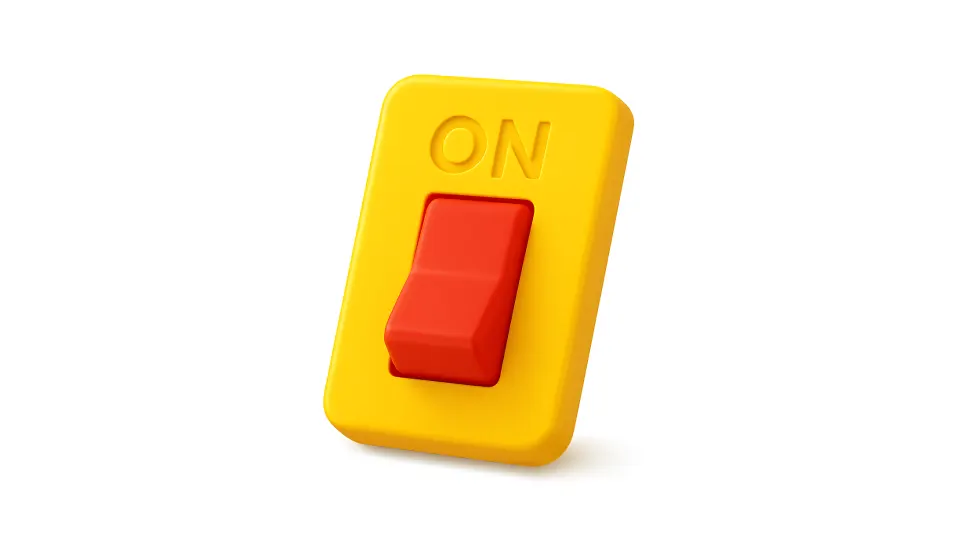Pop-ups: the equivalent of someone shouting “Hey!” while you’re mid-sip of coffee. They’ve been around forever—grabbing attention, pushing promos, or begging for feedback—but they’re also notorious for being, well…the worst. So, how do we evolve these attention-hungry boxes into something users won’t instantly try to murder with a close button?

Why Pop-Ups Get the Side-Eye
Most pop-ups feel like party crashers. They interrupt, obstruct, and kill the vibe. The worst ones tank your site’s credibility and SEO. But here’s the thing: it’s not the pop-up itself that’s evil—it’s how we use it.
Smarter Pop-Ups = Happier Humans
Designers, marketers, and UX folks: it’s time to wield this tool with finesse. Here’s how to pop without flopping:
- Read the Room: Show pop-ups that make sense in context. Browsing backpacks? Offer a travel discount. Don’t hit them with swimwear coupons mid-snowstorm.
- Trigger Happy (But Thoughtfully): Use behavior to decide when a pop-up appears—after a scroll, a pause, or even just before they bounce. Right time = right impact.
- Exit-Intent Is a Hail Mary, Not a Hammer: Trying to catch users on their way out? Fine. But make it worth their while. A cheeky discount, a helpful guide—just no guilt-tripping, please.
- Slide, Don’t Slam: Those gentle slide-in banners? Chef’s kiss. They inform without hijacking the screen like a toddler on a sugar high.
- Give Them an Out: A clear, friendly “X” button is non-negotiable. No traps. No dark patterns. Respect is the real conversion strategy.
Pop-Up Style Tips (Because Yes, It Matters)
- Keep It Chill: Minimalist design, snappy copy. Say it fast, say it clean, and move on.
- Mobile Matters: Your pop-up should look good and behave nicely on smaller screens. No one wants to pinch-zoom just to make a popup go away.
- Test, Then Test Again: A/B test everything—from timing to tone to typography. Let the data do the decision-making.
Users Can Block Annoying Pop-Ups (So Make Yours Worth Keeping)
If users are tired of relentless, irrelevant pop-ups, they don’t have to put up with them—and they know it.
Modern browsers like Chrome, Safari, Firefox, and Edge all offer built-in settings to block pop-ups and redirects. Some even do it automatically. Privacy-focused browsers like Brave and DuckDuckGo go a step further, blocking trackers and most pop-ups by default. And let’s not forget about browser extensions—tools like uBlock Origin, AdBlock, and Ghostery let users zap anything that feels even remotely intrusive.
In other words: if your pop-up isn’t valuable, users won’t see it.
So if you’re designing one, make it worth their time. Be helpful, timely, and respectful—or prepare to be filtered out entirely.
Final Thought: Pop-Ups Aren’t the Enemy
Pop-ups aren’t inherently bad. Lazy, disruptive ones? Those deserve the boot. But with empathy, smart timing, and good design, pop-ups can become helpful little nudges instead of screen invaders.
If your pop-up feels like a helpful whisper instead of a shout, users will stick around—and maybe even say thanks.



